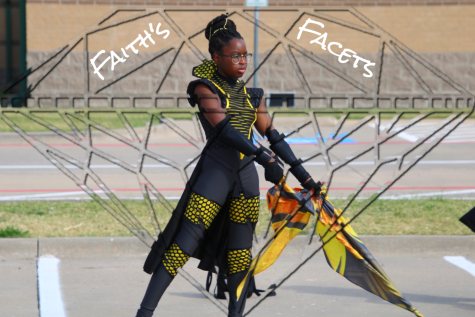Perfectly Productive: learning a new language
April 4, 2023
Learning a new language is a challenging yet rewarding experience. According to Weinberg College of Arts and Sciences, learning foreign languages can speed up necessary cognitive processes and make you smarter. People who know multiple languages are skilled at multitasking, have better listening skills, and can focus better.
1) Know What to Study
Before all else, you need to know the basic structure of the language. Individual phrases and words are easily memorized. However, to be fluent in a language, you must know your target language’s grammar structure and conjugation. Dedicate most of your time learning these.
2) Watch Movies in your Target Language
Watching movies instead of traditional study methods may seem useless, but listening to fluent speakers can train your brain to pick up the correct sound and usage of words and phrases. Watching movies from foreign countries also gives you insight into commonly used phrases in your target language and learning about the cultural norm. Not only is it helpful, but it’s also an entertaining way to learn a language.
3) Spaced Repetition
Practicing is good. But practicing frequently and every day is more effective at ensuring growth in your target language. Learning a language is similar to exercising a muscle- you need to keep working your brain for it to retain information. To achieve this, set a goal of studying for anywhere between 5-30 (or even more, if you feel like it) and stick to it. Over time, you’ll see significant improvement.
4) Write Frequently in your Target Language
Even if it’s just one sentence, or a whole paragraph, writing in your language is essential to becoming fluent. You can write about your day, practice what you’ve learned in class, or just throw out anything you’re thinking about in your target language.
These tips may not help you, but there’s always something for everyone. If these didn’t inspire you, there are always hundreds of other techniques to try. Explore and see what works for you- and happy learning!








